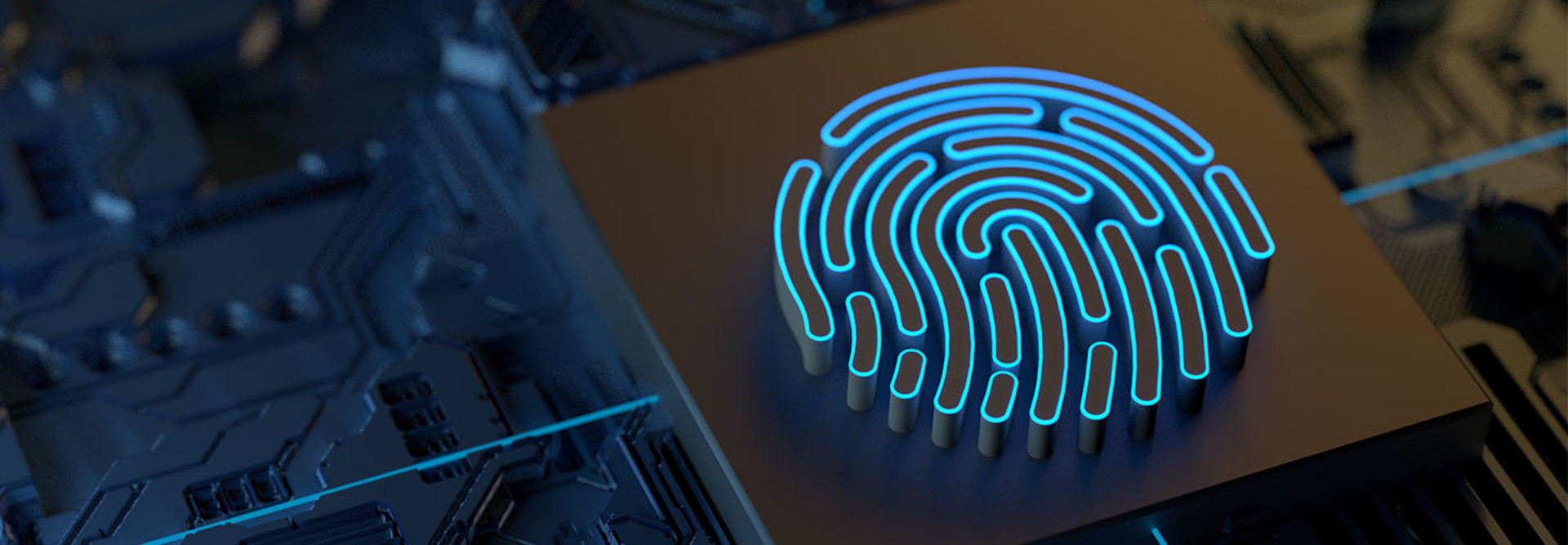While industry has a remarkable ability to innovate and provide new capabilities that people don’t realize they need or want (and it’s doing that now in the AI consumer space), it sometimes fails to combine that push to market with deep thought about how to measure characteristics that are going to be important in the future: privacy, security, resilience — and trustworthiness. What we can do is to provide the foundational work that the consumer space needs to manage those risks.
We’re going to need a little more assurance, especially at the point when AI starts to operate critical infrastructure. That’s where NIST can come together with industry to think about those things. I’m often asked how it is possible to influence a multitrillion-dollar industry on a budget of $150 million. If we were working apart from industry, we would never be able to. But we can work in partnership with them, and we routinely do. And they trust us, they’re thrilled when we show up, and they’re eager to work with us.
EXPLORE: Find out how to bring federal workers into the conversation around emerging technologies.
Guidelines Are Necessary for AI Rollouts
I think some of the science-fiction fears of AI have been overhyped. At the same time, it’s important to acknowledge that risks are there, and that they can be pretty severe if they’re not managed in advance. For the foreseeable future, however, these systems are too fragile and too dependent on us to take over.
One thing that will be necessary for us is to pull out desirable characteristics such as usability, interoperability, resilience, security, privacy and all the things that will require a certain amount of care to build into the systems, and get innovators to start incorporating them. Guidance and standards can help do that.
Last year, NIST published “U.S. Leadership in AI,” our plan for how the federal government should engage in the AI standards development process. I think there’s general agreement that guidance will be needed for interoperability, security, reliability, robustness and all these characteristics that we want AI systems to exhibit if they’re going to be trusted.
LEARN MORE: What should agencies consider before deploying AI?












